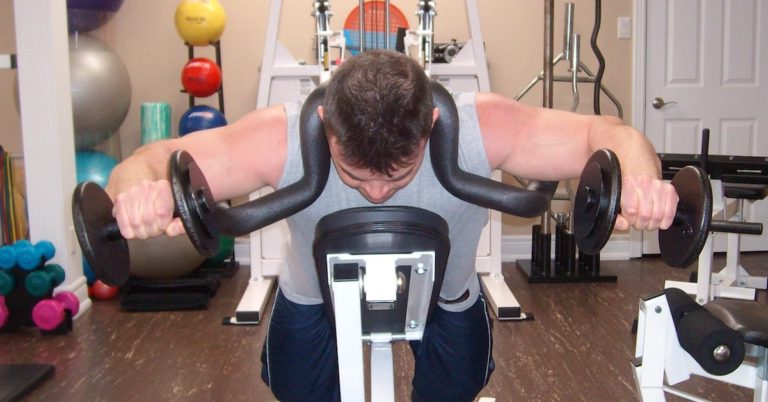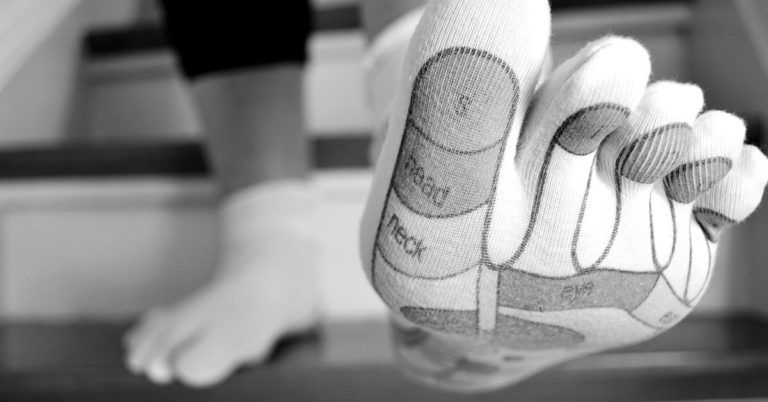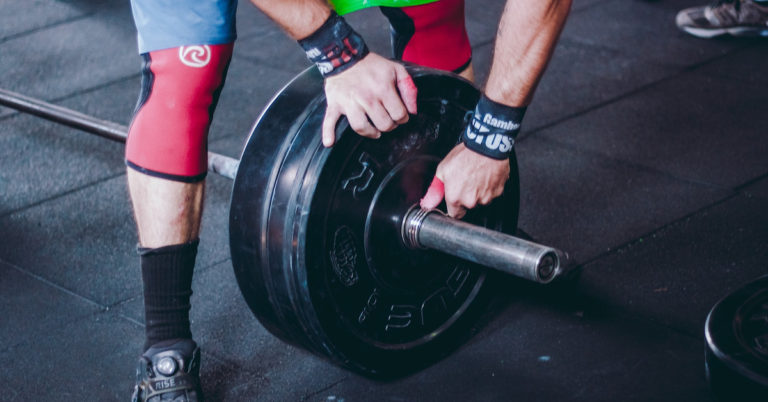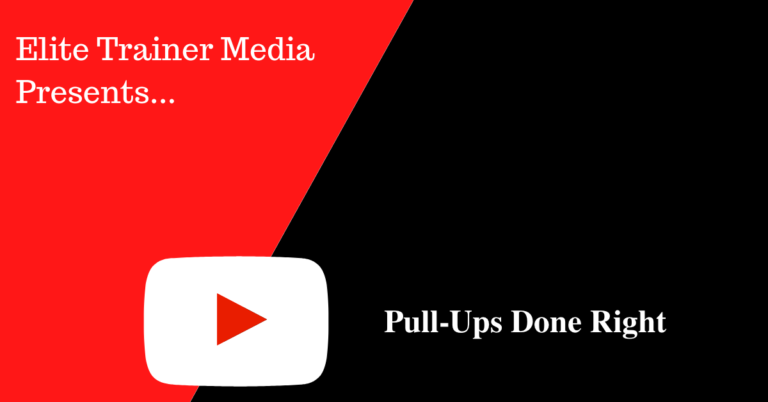Amanda and Heather show what hard work, consistency, and proper training can do. It was once a struggle for these ladies to do just one chin-up and dip, but no more! After a bout of eccentric training that ended a few weeks ago, Amanda was able to complete 4 chin-ups and Heather 7 dips. We’ve…
You’re only as strong as your weakest link. By now, you must be sick of hearing that phrase! We all know the big prime movers are at the mercy of the small stabilizer muscles. Sure, prioritize the compound, multi-joint movements like squats, deadlifts, presses, chin-ups, and rows that typically make up the “A” series of…
Correcting muscle imbalances should be a primary goal when designing strength training programs. For most individuals, a significant discrepancy exists between the shoulder internal and external rotators. Simply put, we do far too much internal rotation in daily activities—and especially during exercise—and not nearly enough external rotation. You should address that in your programs. Think…
If you want to turn back the biological clock, lift weights—it’s not just my opinion. Researchers from Tufts University ranked these controllable aging biomarkers in their book Anti-Aging, Biomarkers & Strength Training: Remarkably, all 10 markers can be improved—or maintained—through regular strength training (source). The Domino Effect William Evans, Ph.D., and Irwin H. Rosenberg, M.D….
Here are two effective ways to perform negative-accentuated lying leg curls: Method #1 Method #2 In both methods, the key is to lower the weight slowly and under control for a count of 8 seconds, maintaining a smooth, uniform tempo from top to bottom. If you find yourself unable to control the descent and it…
If you don’t know where you’ve been, you won’t know where to go! Without a training log, how can you truly gauge progress over time? Start one here. The goal of training is progression. That’s what separates those who train from those who simply exercise to sweat and burn calories without purpose. Doing the same…
I’ve met too many guys over the years who only care about the muscles they can see in the mirror—and how much they can bench press. Don’t let that be you. Train the muscles on the back of your body as much as you train the ones on the front. And if benching is important…
If you’re going to do pull-ups, do them right! Instead of grinding out 3–4 sets of 10 “ugly” reps, flip the script: do 10 sets of 3–4 quality reps. You’ll get a better training response with far less risk of injury. If you struggle to complete even a few solid reps, focus on the eccentric…










